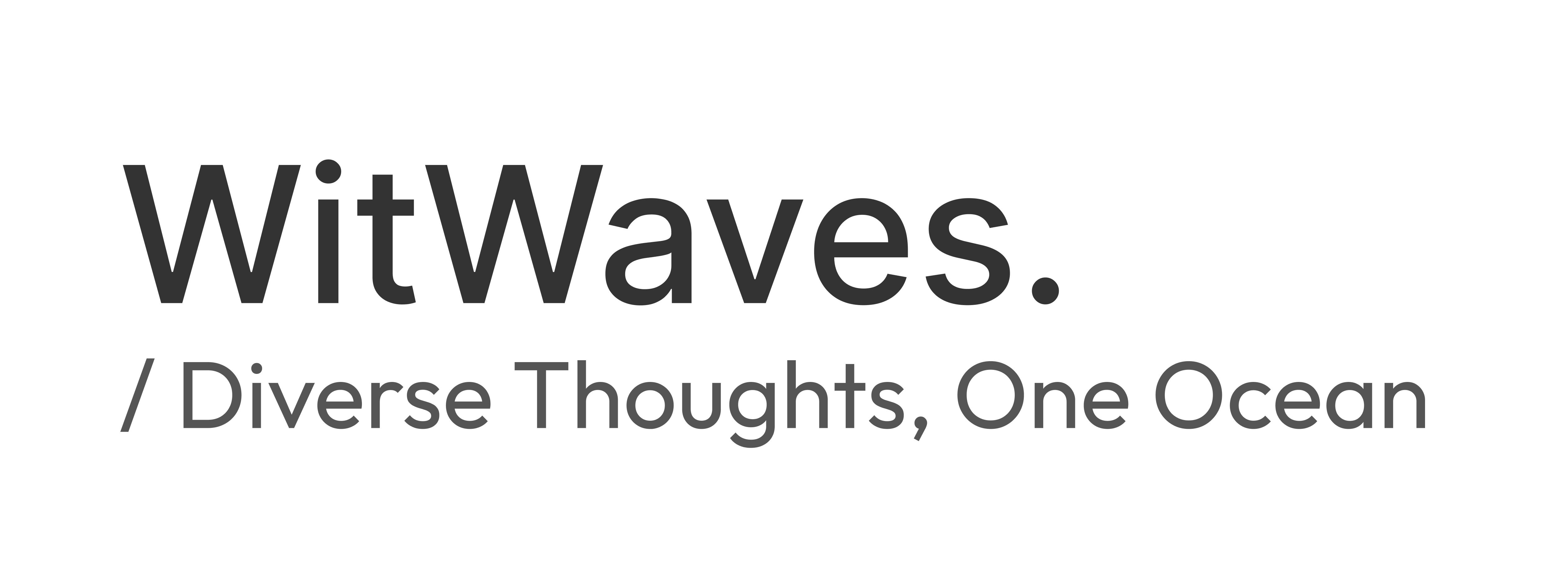“The market decides who wins.”
But sometimes, the winner quietly designed the market… and stayed in the background.
In a world of bold logos and louder-than-life campaigns, one of the world’s biggest companies has quietly built a branding empire without constantly promoting its name. That company is Nestlé.
Despite owning over 2,000 brands, Nestlé has made itself almost invisible to the average consumer. When we think of Maggi, KitKat, or Nescafé, we don’t automatically associate them with Nestlé and that’s exactly the point.
Welcome to the genius of product-first branding, a silent strategy that delivers loud results.
.jpeg?alt=media&token=00322a66-e98a-43de-9904-de109f302044)
What Is Product-First Branding?
Product-first branding is a strategy in which individual products carry the emotional and marketing weight instead of the parent company. The goal is simple: Let the product become the brand, creating emotional bonds and personal habits in consumers' live, without needing to constantly reference the corporate giant behind them. It’s about trusting the product experience, not the company label. Consumers love Maggi, but many wouldn’t even realize Nestlé is behind it. And Nestlé likes it that way.
Nestlé’s Silent Market Design
1. A House of Brands, Not a Branded House
Instead of creating a single identity that links all products under the “Nestlé” umbrella, the company follows a house of brands model. Each brand, Maggi, KitKat, Nescafé, Purina, Cerelac, and Milo has its own identity, voice, and emotional resonance with consumers. You say “Maggi” when you crave comfort food. “KitKat” when you want a break. “Nescafé” when you need a morning boost. But you rarely say “Nestlé.” That’s the brilliance.
Real impact doesn’t always need to be visible. It just needs to be memorable.
2. Designing Demand, Not Just Responding to It
Nestlé isn’t just satisfying demand but it often creates it.
For example, in France, Nestlé identified a void in the baby food segment and introduced a new product line that quickly gained 11% market penetration. Similarly, in India, Nestlé introduced onion-garlic-free Maggi to serve vegetarian households, and in Japan, 300+ unique KitKat flavors became cultural icons.
This ability to spot gaps and build emotional routines around products is what makes Nestlé not just a market player, but a market designer.
3. Resilience Through Product Diversity
With over 2,000 brands across 186 countries, Nestlé doesn’t rely on one flagship product. If one fails, the others keep the company stable. In a business world full of volatility, this multi-brand ecosystem creates an unmatched level of resilience.
It’s not about winning one game, it’s about playing in all of them.
.jpeg?alt=media&token=0023d5dc-a061-4261-bd3e-2c2f4ff3c8fa)
The Benefits of Staying Behind the Curtain
1. Crisis Protection
Remember when Maggi was banned in 2015 in India due to alleged lead content?
The nation mourned. Hashtags like #BringBackMaggi trended. People were genuinely heartbroken. But few blamed Nestle. Why? Because the emotional connection was with Maggi, not the parent company. Nestlé remained largely untouched in public perception.
That’s what brand autonomy does, it contains damage and preserves the bigger picture.
2. Global Reach, Local Feel
Nestlé adapts its products for every culture. From matcha KitKats in Japan to vegan creamers in the U.S., it ensures relevance without shouting its name. This hyperlocal customization, backed by global expertise, gives them the best of both worlds: cultural intimacy and operational scale.
3. Trust Built Through Products
When customers trust the product because it tastes right, fits their lives, or feels like home, they don’t need to know who made it. This is brand trust born from experience, not advertising. It’s deeper, more lasting, and far more powerful than corporate storytelling alone.
What Modern Brands Can Learn
Whether you're building a personal brand, launching a D2C product, or running a global company, here’s what Nestlé’s silent strategy can teach you:
1. Let Products Speak
Give your product a distinct voice. Let people connect with it emotionally without corporate noise.
2. Protect Your Core
Structure your brand ecosystem so that one crisis doesn’t take down the whole ship.
3. Build New Occasions
Don’t just follow trends, create new habits and rituals around your product.
4. Go Deep, Not Just Wide
Adapt your product to local tastes, norms, and needs. That’s how you make it feel like “ours.”
5. Innovate Invisibly
Stay relevant through R&D, sustainability, and health-conscious moves, even if you’re not loud about it.
Conclusion: Winning Without Shouting
Nestlé teaches us that great branding doesn’t always wear a name tag.
It shows that the strongest brands are the ones we don’t even realize we trust.
By designing demand, building emotional connections, and letting the product be the hero, Nestlé has built an empire that’s both invisible and invincible. So next time you hear, “The market decides who wins,” remember
sometimes, the winner designed the market… and walked away quietly.

.jpeg?alt=media&token=008b00ad-c715-4849-9b38-09b74576583d)
Discussion
Start the conversation
No comments yet
Be the first to share your thoughts on this article. Your insights could spark an interesting discussion!